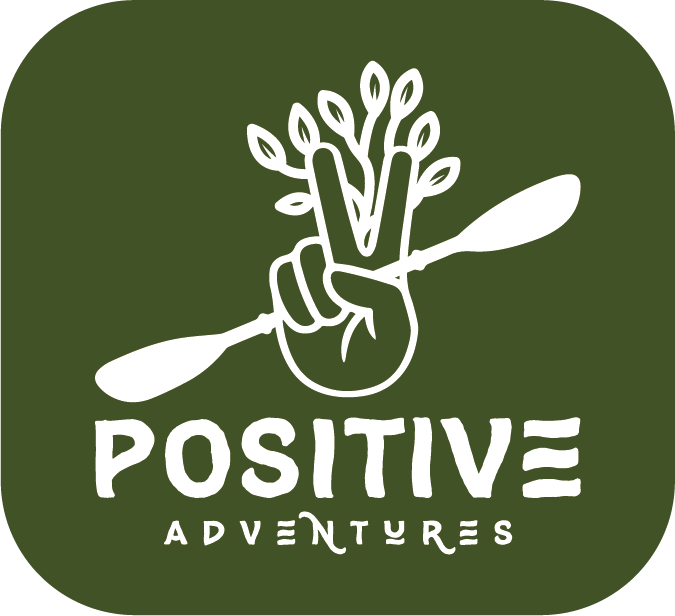This piece is a follow-up to “The Second Newburyport Renaissance is About to Begin. A Retrospective from the Year 2051,” published January 7, 2025. In that piece, John Giordano argues for four major reforms that would improve Newburyport over the coming decades. This article details one of those reforms: Education.
While our Newburyport schools have surely improved over the years, and continue to strive for excellence, too many students remain disengaged and uncertain about how to find their way in a rapidly changing world. We need to do something about the sentiment among students that their education doesn’t feel personally relevant to the world outside school. To compound this problem, the fact is that we don’t know what students need to learn because the world is changing too quickly to teach for the future.
It has been estimated that 85% of the jobs people will do in 2030 haven’t been invented yet. Imagine that. We can’t completely grasp how artificial intelligence and other forms of automation, ecological stress, or geopolitical change will alter the future, but we have to do what we can to be prepared nonetheless – right here in our community.
Adaptability is the key to a future that stubbornly eludes us. To adapt to the unknown, we need to boldly reimage our school district based on community-integrated, project-based learning.
The foundational thinking behind this approach stems from philosopher John Dewey’s belief that education is not preparation for life but “life itself.” Rather than passively receiving information, students learn best by actively engaging with authentic challenges. This constructivist approach recognizes that deep understanding emerges when learners build knowledge through experience, especially in social contexts.
Imagine restructuring our schools into three interconnected learning environments.
First: “Collaborative Base Camps” would replace traditional school buildings, featuring flexible studio spaces, digital laboratories, and exhibition spaces where students begin and end their days with goal-setting, reflection, and targeted skill development.
Second: “Community Learning Sites” would include civic spaces, businesses, natural environments, and cultural institutions where students engage in apprenticeship-style experiences and address genuine community challenges.
Third: “Digital Workspaces” would connect students with remote experts, global peers, specialized instruction through virtual platforms, and finally a digital environment in which to document and reflect upon and assess their learning.
This sort of learning structure supports curriculum integration where subjects naturally converge around authentic projects. A watershed restoration initiative, for example, would integrate biology (ecosystem analysis), chemistry (water-quality testing), mathematics (data analysis), technical writing (research reports), public speaking (community presentations), and fine art (expressive responses to their growing environmental awareness). Rather than learning disciplines in isolation, students see how knowledge domains interact when confronting real-world problems. After all, the challenges of the real world are always multifaceted.
I imagine some readers would say we are already doing what I propose here. No doubt that students are exploring their watershed and wider ecosystem in school-based explorations, exemplified by the “Environmental Field Studies Course” at NHS in partnership with the Gulf of Maine Institute. And we already have a Montessori Charter School grounded in experiential learning. NHS guidance counselor Aaron Smith’s focus on post-secondary careers in the form of internships has certainly brought necessary real-world learning opportunities to Newburyport High School students. However, when weighed against the challenges we face in a rapidly changing world, these few opportunities to “learn by doing” don’t yet go far enough. I envision a time when a local group working on a particular challenge in the city automatically proposes that students are involved in its solution.
As I mentioned in my earlier opinion pieces focusing on the future of Newburyport, I see students as central to the city’s future. They could be instrumental as environmental stewards, in addressing the city’s waste issues, local food insecurity, and housing. Instead of seeing them as too young or too inexperienced to work on real-world problems, let’s let them prove themselves.
This vision isn’t merely theoretical. Several existing models demonstrate various aspects of the approach I have laid out here. Big Picture Learning schools organize education around student internships with community mentors. High Tech High integrates rigorous project-based learning with strong community connections. And the Finnish education system has successfully implemented “phenomenon-based learning” that integrates subjects around real-world phenomena. These models consistently demonstrate improved engagement, stronger skill development, and better post-secondary outcomes.
The benefits of such a transformation would be substantial. Student engagement would increase dramatically as learning connects to authentic impact. Career exploration would happen organically through exposure to diverse professional environments. Our community would benefit from students applying their knowledge to local challenges. Students would develop both academic proficiency and the crucial “soft skills” employers consistently prioritize. Most importantly, they would graduate with clearer self-knowledge about their strengths and interests, informed by meaningful experiences.
Implementation, however, would be complex, requiring sophisticated coordination across multiple learning environments. Despite the challenges, Newburyport should embrace this direction for several compelling reasons. First, our current approach is failing any student who cannot connect their school experience with the world outside school. Second, the economy increasingly demands workers who can solve complex problems, collaborate effectively, and adapt to changing conditions—precisely the skills this model develops. Third, our community faces significant challenges that would benefit from the energy and fresh perspective students can bring. Finally, young people deserve an education that helps them discover their interests, put their abilities into practice, and find purpose while developing the capabilities to pursue all three.
This isn’t about abandoning academic rigor—it’s about redefining it. By thoughtfully reimagining our approach, the Newburyport School District could become a model for meaningful 21st-century learning that serves both students and the Newburyport community.
John Giordano
Newburyport resident
Subscribe to our Newsletter




Leave a Reply